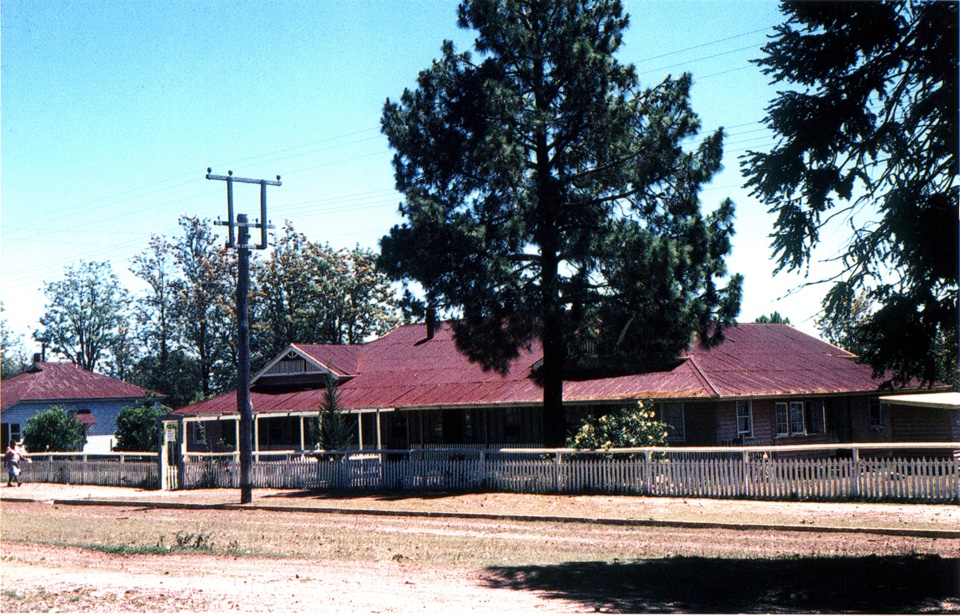The Boys Dormitory at Cherbour c1960
“I was in the dormitory all my life. I was in the Single Mother’s place with my mother until I was 4 and then she was sent out to work and that was last I ever saw of her until I got to about 28 when I had my own house and first child. I was in the Boys’ Dormitory until I was 16. The Matron used to come over in the afternoons before she went home to check on us and while I was in there, they never told us about our relatives in the community. Later in life, I find out I had relatives. I found out later in life that I had relatives all alive while I was in the dormitory, living here in Cherbourg. I didn’t know. My mother went out to work, she came back pregnant. She had a baby girl. I used to run across to my mother and my sister, hug her and care for her – as you do for your own family – one day I run across to see her and they told me she was gone. They told me she had died. I was broken hearted, crying. Later on, I found out she was adopted out and living in Kingaroy. And when I say later on, I mean later on – it was in the 70s and 80s. I never grew up with her, I never knew her. My bonding was with the ones I grew up with in the Dormitory.”
— (Uncle Rory Boney Sept 2011)

